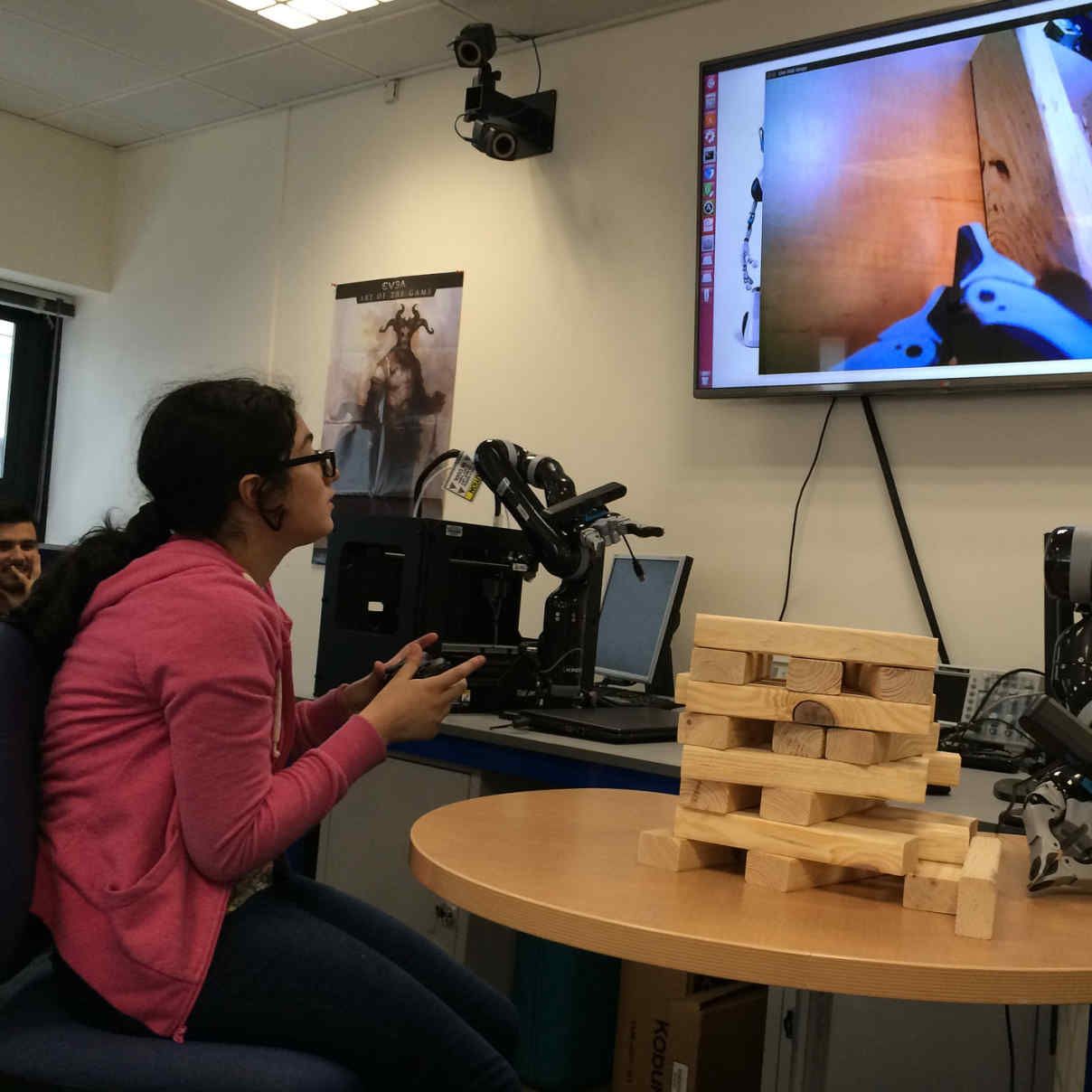Using DNA data storage to reduce emissions and meet demand
From hospital records to bank transactions, data is everywhere. Storing this data can be a huge challenge, and despite advancements in technology, the problem of storing and maintaining data is one that engineers are still looking to solve.
Experiments can produce massive amounts of data, some which can go unprocessed for years. Financial records and transactions from the Stock Exchange need to be maintained, despite the possibility that no one will ever access this data, and so whether storing locally on hard drives or remotely via the Cloud, there will come a time when we will run out of space to store it all.
‘Cloud storage’ provides an infrastructure that is safer and cheaper for everyone, however maintaining huge amounts of data requires a lot of electricity. Just because you are not actively using the data you’ve stored doesn’t mean it's not consuming energy. Even in large data centres information still needs to be looked at regularly and migrated every few years just to prevent it from becoming corrupted.
Cloud operators are looking for a new medium to store their data - one that has a longer life span, doesn’t need such regular migration to avoid data loss and is simply cheaper and more sustainable to run.
This is where DNA comes in. DNA is very appealing in the sense that it is in the molecular form factor. It takes up very little space and requires little maintenance, and it is estimated that one gram of DNA can hold up to 215 petabytes of data (where 1 petabyte is equivalent to 1,000,000 gigabytes of information). We know DNA doesn’t require particular storage conditions, having survived for thousands of years in cave like conditions and it will always be ‘backwards compatible’ in the future (unlike video cassettes needing video cassette players to playback their data).
"Disposing of DNA is even more straightforward and low in cost. Unlike hard drives which are replaced every 5-7 years and scrubbed of all data before being disposed of as electronic waste, DNA could last thousands of years and be scrubbed using UV light or using excessive heat."
Would the data stored on DNA ever degrade?
With magnetic tape we get graceful degradation. So if you take a video tape for example and place it in a VCR player you're likely to see a movie and maybe try to complete some scenes on your own. With hard drives, at some point they stop working - they start throwing off errors. Something like a scratch can completely annihilate the ability to read back data from the plate.
"“Degradation of data stored on DNA is something we are currently researching, to see whether some conditions are better than others. We know DNA reacts badly to UV light and chemicals , and errors can occur from insertions, deletions and mutations, therefore we are trying to plan ahead for this by predicting what type of errors could occur and creating error-correcting codes."
How would we backup or copy data stored on DNA?
Suppose you have hard drive and you want to duplicate or make a copy of the data stored on it. To do this you would need to read all of the data as if you were viewing it just to write it onto another hard drive, taking days at a time. With DNA we can copy data without having to read it, taking a matter of minutes – speeding up the process dramatically and saving huge amounts of energy.
This is also useful for when data centres have multiple read requests for the same piece of data. Polymerase Chain Reaction (PCR) is used to replicate DNA, so we can use it to make multiple copies of the data and better support the demand on data centres.
Is it possible in the future to carry round data on our persons?
We’ve seen in our past how science fiction can become science fact – for example, Jules Verne’s From the Earth to the Moon, written in 1867 explored in detail how humans could travel to the moon. It wasn’t until almost 100 years later that space travel became a reality. Biologists are better placed to know whether DNA data storage in people will ever be possible, however, interestingly in a Star Trek Enterprise episode (“Broken Bow”) made 20 years ago, an alien is carrying information on their DNA. Although this probably won't be possible in our lifetime, we can never know for sure...
Where do you see this technology going? What can we expect of data storage in 2050?
The problem of data storage is not going anywhere soon, it's here to stay for decades. For hundreds of years to come, humans will want to record their history and safely store it so that it can be read in the future.
"It is difficult to say where we will be in 2050. We have seen a dramatic increase in the amount of data hard drives can store, but very soon it is expected that we will hit our maximum and need to think of other solutions. Popularity and demand for synthesised DNA for the purpose of data storage would kickstart the development of cheaper and more innovative ways to synthesize – something we need to invest in if we want to speed up the development of this technology. "
“We're currently working to improve the amount of data one can write to a piece of DNA. At the minute it is painfully slow, approximately 2 minutes per bit. But one of the things we are working on is synthesis specifically for data storage, which will be faster, albeit not suitable for biological purposes. With DNA, we are hoping a data centre the size of two football pitches could be transformed into one the size of a small room. This is another benefit to using DNA.
We are also trying to improve how fast and how cheap it is to synthesize DNA and read it back. There's a new synthesis method called enzymatic synthesis. It is much greener, non-toxic, and provides longer DNA sequences. With longer sequences we can store more data, and that's the next step in our research.”
DNA Data Storage Research
DNA, the blueprint of life, is not only responsible for encoding genetic information but also holds incredible potential as a data storage medium. In this video, we delve into the groundbreaking field of DNA data storage, specifically focusing on the cutting-edge research being conducted at Imperial College London.
Contact
If you would like to know more about our outreach and public engagement,
email doc-outreach@imperial.ac.uk.




